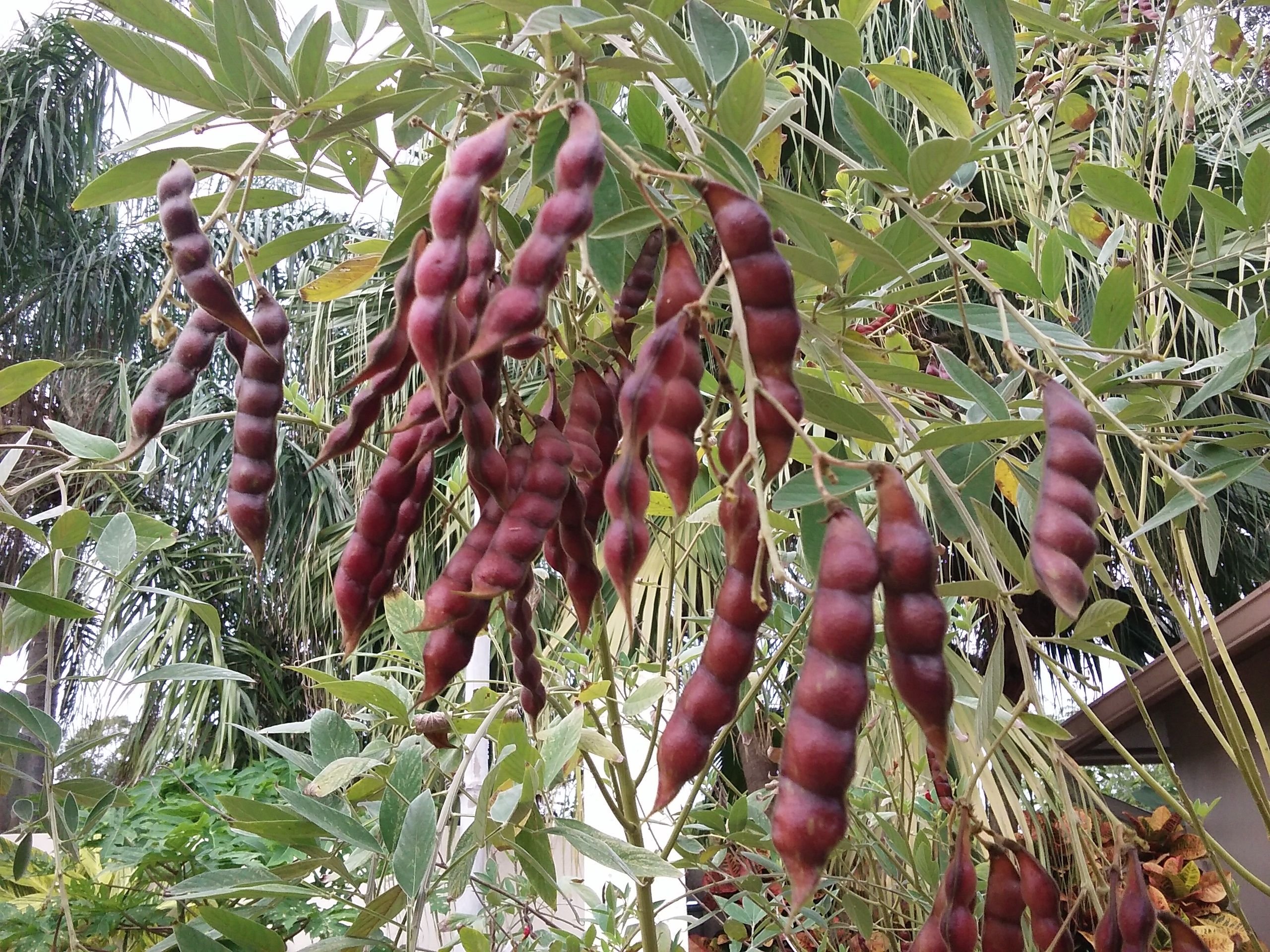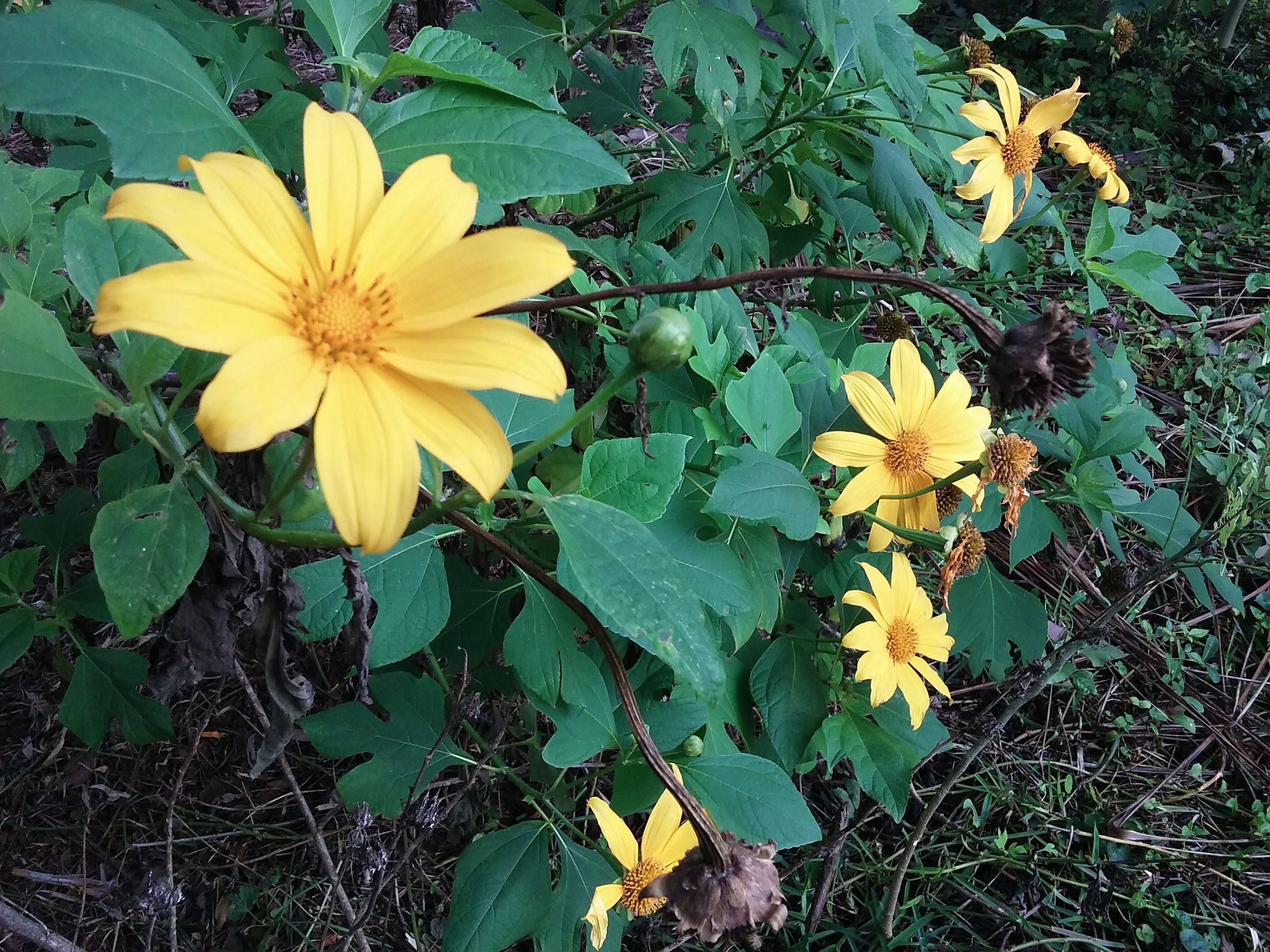My Previous Bad Experience
My house is on top of sand, which is common in this area. It's fine for everything but not for growing edible vegetables. When we first moved in years ago, I didn't know much about gardening but tried to grow edible plants. I bought a tray of small tomato plants. I dug holes in my backyard and stuck each tomato plant into each hole and wish them good luck. I even gave them some water-soluble synthetic fertilizer wishing them the best. I watered and watched them every day. They did grow some little yellowish leaves and put on a few flowers immediately. A few plants even gave me one or two tiny tomatoes. Then they withered and died! That was the end of the story for my early adventure of planting vegetables in my backyard.
My Mistake
Later I learned the mistakes I made. The sand drains away any water and any nutrients. Yet, I didn't want to spend a fortune to improve the soil. Therefore, we continued to buy vegetables from grocery stores for many years.
Sheet Mulching
The turning point came after I learned a permaculture practice - sheet mulching with cardboard and wood chips from the waste stream, which is free of charge. First I use cardboard to cover existing grass and put wood chips on top of the cardboard. Then I dig a hole, put in about 2 quarts/liters of homemade compost from kitchen scraps and yard waste, and plant my tomatoes. Bingo! They grow!
Now I can grow plants not only on top of sand but also on top of concrete as previously posted. (If you are interested, please check my previous posts.)
Subsequent Source of Nutrients
Next, how do I continue to amend the soil after nutrients are taken up by edible plants?
There are two major sources I utilize to mimic nature.
- Nitrogen Fixer - as described in its name, it fixes nitrogen into the soil so other plants can thrive.
- Dynamic Accumulator - usually it has a long tap root to extract minerals from the subsoil. You can simply chop and drop and let it decompose around plants.
Plant selections for each climate are different. I know you can use clover for a nitrogen fixer and comfrey for a dynamic accumulator in a temperate climate. I live in a subtropical area. I tried comfrey once, and they died during the summertime, either by drowning in the rain or by being roasted by the hot sun.
In my subtropical climate, for a nitrogen fixer, I use perennial Pigeon Peas, which also give me abundant peas for up to 5 years. They are so delicious, too! We wouldn't eat other peas or dry beans afterward.

Pigeon Peas
For a dynamic accumulator, I use Mexican Sunflowers. They grow super fast and have beautiful flowers to attract pollinators.

Mexican Sunflower
I hope this post gives you some information that encourages and helps you to grow your own food. Thank you for stopping by. :-)
